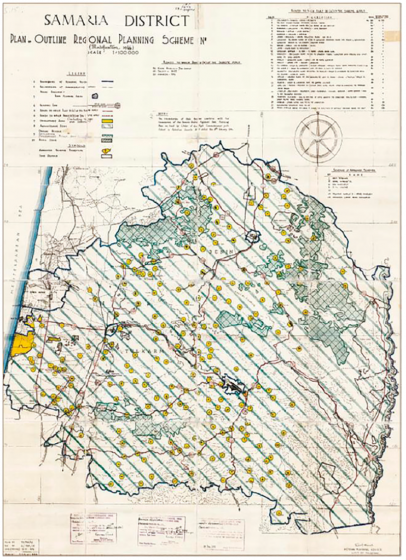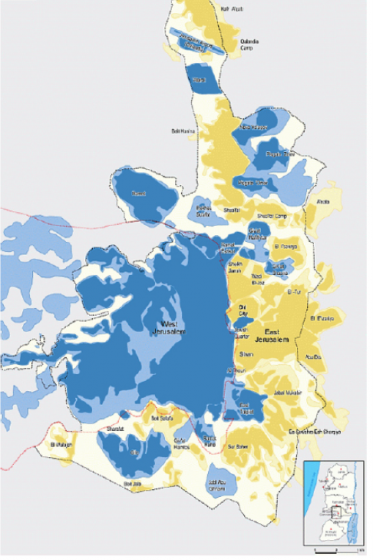Commentary: The prime culprit behind debt traps
Should those Western countries truly care about the developing world, just demonstrate the sincerity to offer unflagging support long craved by the indebted countries, instead of playing the old trick of "Chinese debt trap." Or at least, stay out of the way of those genuinely lending a helping hand.
(Xinhua) , January 21, 2022
BEIJING, Jan. 20 (Xinhua) -- In his bestseller Confessions of an Economic Hit Man, John Perkins expounded how he was employed by a U.S. company to talk world leaders into accepting substantial infrastructure loans. If a hit man is completely successful, he said, "the loans are so large that the debtor is forced to default on its payments after a few years."
This has revealed the tip of the iceberg in regards to the excessive debts inflicted globally by the United States, intentionally or not, along with some other Western countries and financial institutions. Usually, it started with low interest rates mainly because Washington preferred so, which increased developing countries' dependency on Western markets, but then turned ugly when borrowing costs ran so high that debtors found themselves trapped. Fundamentally, this is the U.S. financial hegemony at play, in the form of its dollar's dominance.
Among the victims last century were Africa and Latin America. In the 1970s, many Latin American countries borrowed from a large group of creditors led by U.S. commercial banks with near-zero real rates of interest, with the encouragement of the U.S. government, for economic development. The debts therefore skyrocketed.
Years later, however, the United States and Europe tightened their monetary policies, with commercial banks beginning to shorten re-payment periods and charge higher interest rates for loans. Latin American debtors soon found their burdens unsustainable, and what followed was a debt crisis so severe and protracted that the entire 1980s earned the cautionary moniker "The Lost Decade."
History has repeated itself more recently. When the United States cheered in mid-2010s its economic recovery from the 2008 global financial crisis and set off to end its quantitative easing stimulus program, the rates increased sharply, once again adding to the emerging markets' debt burdens. Worse still, less-developed countries have been sidelined by the United States in attracting international finance as Washington has sucked in external debts and given other fund seekers a bumpy ride.
Take Sri Lanka and Malaysia. Their debt problems arose mainly from Western-dominated financial markets, among others, said a report of Chatham House, a British think tank. In the face of the conundrums, emerging markets were not given so many choices to find way out. Sri Lanka by the mid-2000s could get few concessional loans, other than from China, said a Hong Kong University of Science and Technology report. It had to secure high-interest commercial loans, mainly from U.S. and British banks, and issue expensive international sovereign bonds, mostly bought by Americans.
Until today, Western players still take up a large share of developing countries' foreign debts. According to a report by Jubilee Debt Campaign, a British charity, 32 percent of African government external debt is owed to private lenders and 35 percent to multilateral institutions, with 55 percent of external interest payments to private creditors. It is those who keep lecturing on the debt issue that caused the debt problem in Africa, Mozambican President Filipe Nyusi once said.
For developing countries, sustainable development is the healthy and effective way to unravel the knot of heavy debt burdens. This is what China has been helping these countries to achieve in recent years.
With the provision of loans to address infrastructure gap at home, these developing countries can have jobs and revenues created, and loans turn out to be a catalyst for sustainable growth rather than a burden. Thus, these loans are readily taken up by developing countries disenchanted with loan schemes devised by the U.S.-led Western elites.
Of the Chinese loans on the African continent between 2000 and 2015, around 40 percent paid for power projects, and 30 percent went to transport infrastructure, according to the China Africa Research Initiative at the Johns Hopkins University (JHU).
To further ease the debtors' pressure, China has been actively promoting debt relief by means of debt restructuring, suspension and alleviation. China has been supporting the move to ease African countries' debt burden and actively implementing the G20 Debt Service Suspension Initiative for Poorest Countries, and has the highest deferral amount among G20 members. After the COVID-19 pandemic broke out, China had announced the write-off of 15 African countries' debt in the form of interest-free government loans that were due to mature by the end of 2020.
The JHU researchers have also documented 16 cases of debt restructuring worth 7.5 billion U.S. dollars in 10 African countries between 2000 and 2019, and found that China wrote off the accumulated arrears of at least 94 interest-free loans amounting to more than 3.4 billion dollars. China has played a significant role in helping African countries manage their debts, according to the research.
China's actions, however, have been ignored by the U.S.-led Western world, which contributed little to debt relief of developing countries in such difficult times. Instead, they fabricated the so-called debt traps to stigmatize China and the Belt and Road Initiative. Their ploy aims to maintain their financial hegemony and obstruct the common development of China and other countries along the Belt and Road.
Should those Western countries truly care about the developing world, just demonstrate the sincerity to offer unflagging support long craved by the indebted countries, instead of playing the old trick of "Chinese debt trap." Or at least, stay out of the way of those genuinely lending a helping hand.
(Web editor: Xia Peiyao, Liang Jun)

















